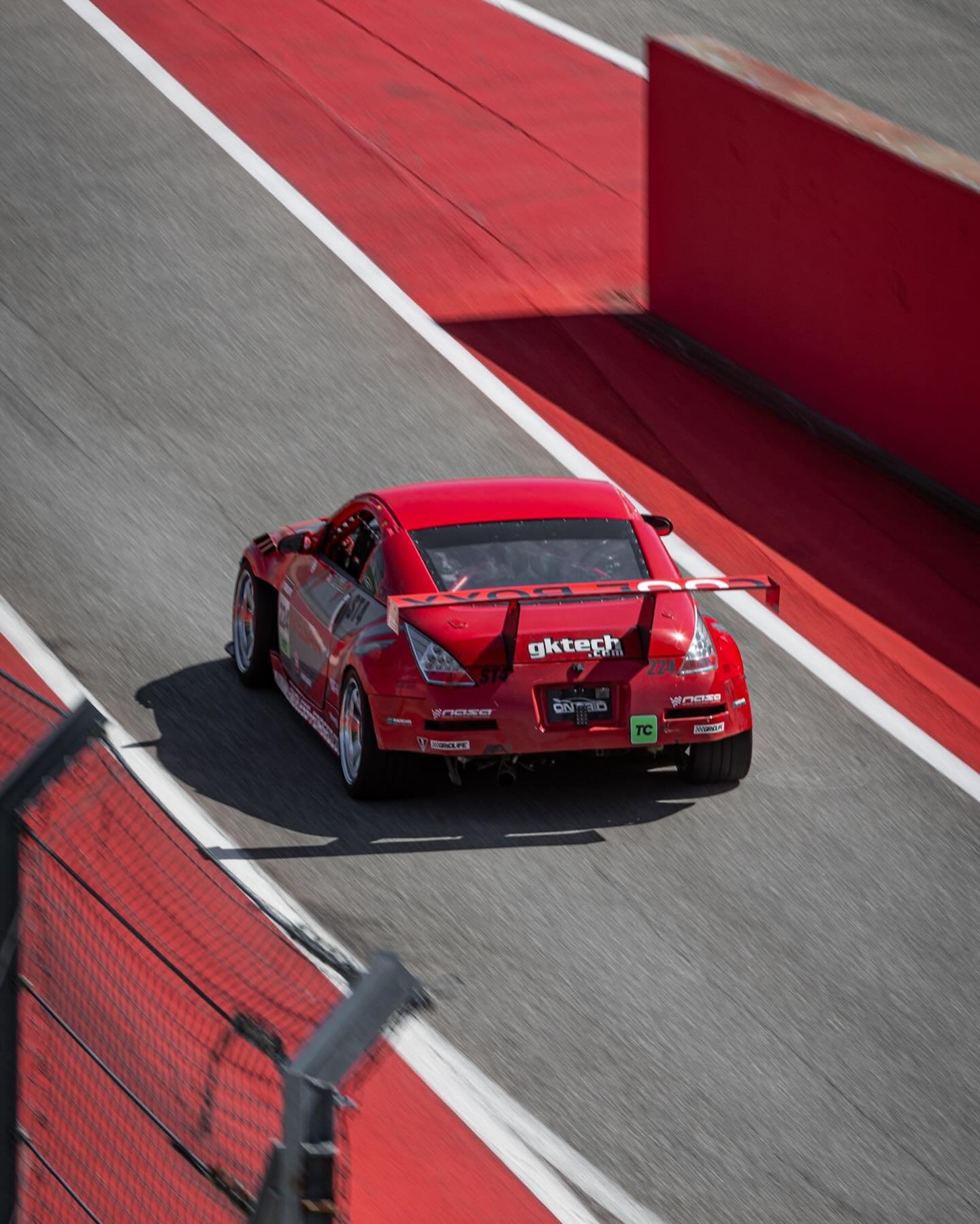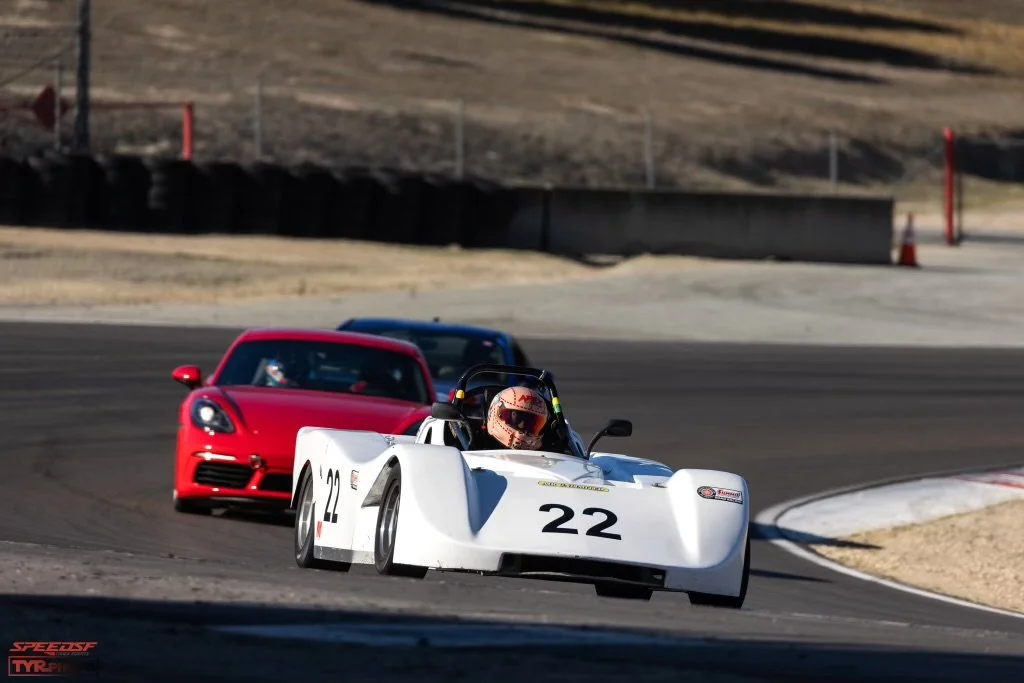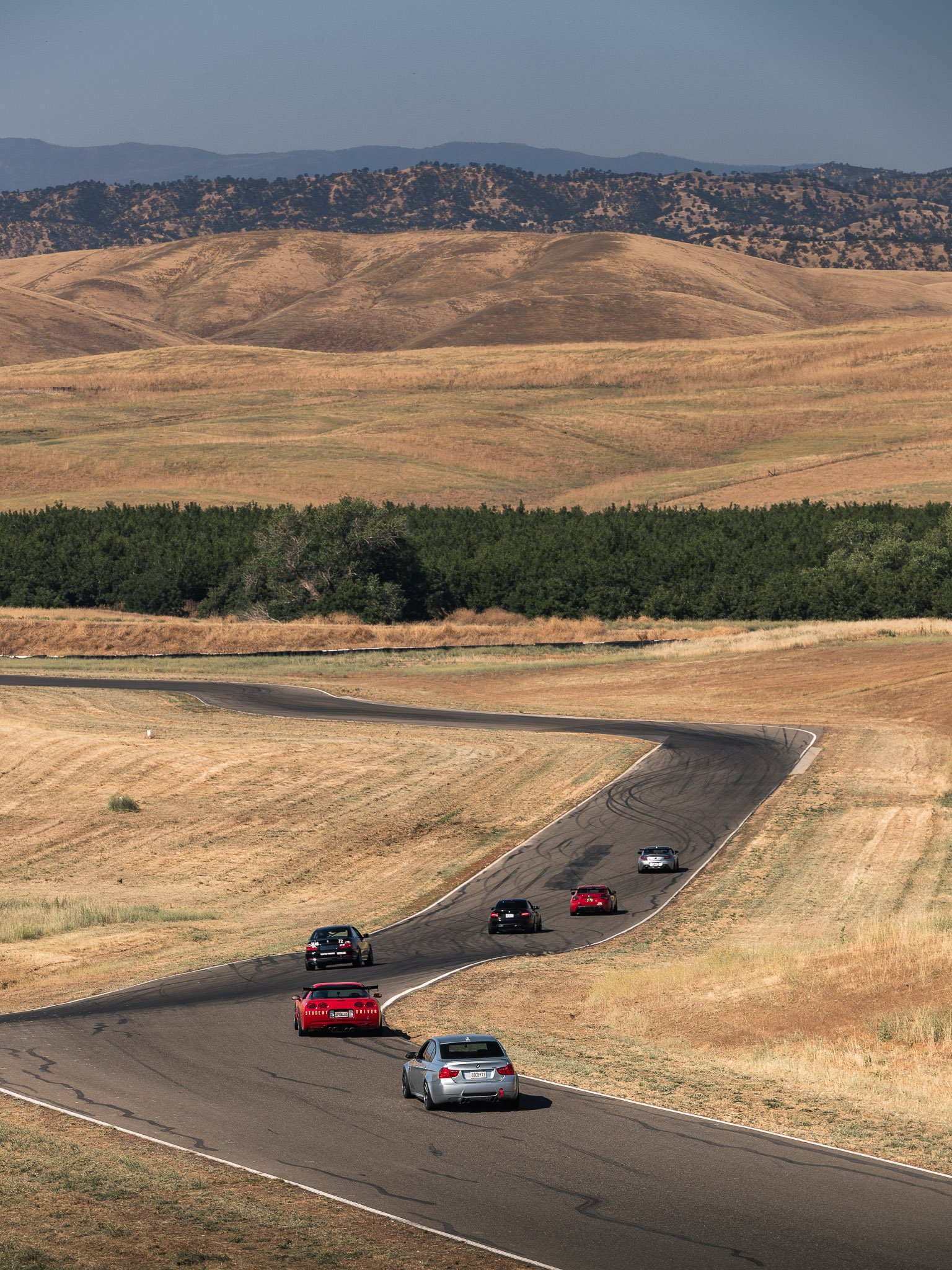
SpeedSF Blog
Every Build Has a Story – Meet the Cars of SpeedSF

Michael’s 350Z: Take A Chance, Prove a Point
Looking for an affordable drift car, Michael “Stubz” Hillo grabbed a 350Z and started driving sideways. After some time, he recognized the car had potential as a track car -- as long as he could accept a few shortcomings.

Max’s Spec Racer Ford: Lose The Ego
After cutting his teeth in a Porsche, Max got an inkling that going to a lighter, cheaper, more expendable device might expedite his improvement as a driver and budding racer.

Aidan’s GT3: Vision Realized
Driven to realize a very specific dream built on years of tuning high-revving Hondas, Aidan decided that this 991.2 GT3 would have the subtle cosmetic touches to wow crowds and the high-end racing modifications to set seriously impressive lap times.

Thomas' Corvette: In Good Company
In only two years, Thomas has learned more than most will grasp in a decade of track days. Having a solid, dependable C5 has helped him put in his time, and having Elite Performance as a resource has made fine-tuning the car so much simpler.

Thunderhill Logistics: Where to Stay, Where to Eat, How to Beat the Heat
With plenty of options for food and lodging, reasonable track fees, and plenty of ways to beat the summer heat, a successful trip to Thunderhill only requires a quick review of the information listed here.

Sonoma Logistics: Where to Stay, What to Eat, What to Wear
With a unique rhythm, great amenities, and amazing food and lodging nearby, Sonoma Raceway is one of the most popular destination tracks on our calendar.

Elie's E46 M3: Not Too Much, Not Too Little
Though the car has a reputation as being a pricey pain in the ass, Elie Mansour’s proven that the E46 M3 is reliable as anything—and faster than 70% of most track toys—when given the right sort of TLC.
